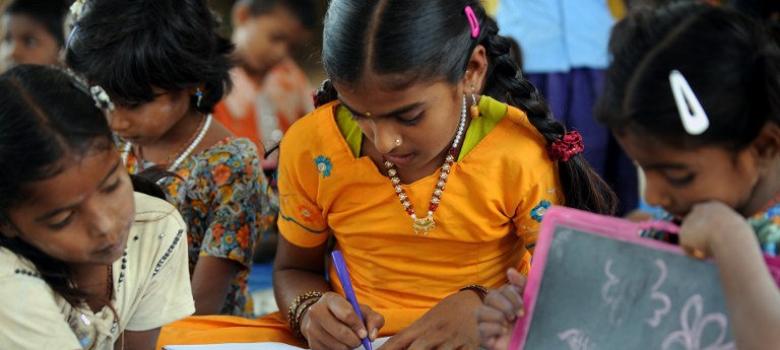- There is no dearth of articles, reports, surveys, statistics, and exhortations extolling the virtues of education as well as attaining literacy to meet the demands of competition and employability in the extremely demanding present-day scenario. As is known, the society’s glaring imbalance vis-à-vis have and have-nots in terms of affluence make a huge difference in the quality of education one may eventually acquire. Rich families always settle for nothing short of enrolling their wards into one of the top-line, expensive, and prestigious educational institutions offering world-class platforms to excel.

PC: Natalie Spievack
- On the other hand, poor and poorer families often are forced to choose unfancied platforms, owing to the unaffordability factor, way below the pecking order. This phenomenon is seen globally as well as locally too. Of course, there is an exception to the norm as always since many bright and intelligent students from extremely poor backgrounds make it to elite educational institutions through a sheer dent of hard works and performance. Such success stories turn out to be inspirational for those aspiring to crack the ceiling on the back of remarkable achievements and merits alone.
- Undoubtedly, given proper avenues, encouragement, and opportunities would also go a long way in ensuring deprived to emerge winners. Historically, poor and crime go hand-in-hand and are interwoven in many ways. Against this backdrop, let us look into how just our social justice system is. The National Crime Record Bureau (NCRB) data indicates that it is heavily stacked against the poor and the poorly educated, with literacy serving as a useful proxy where data regarding economic status is sadly not available. Unfortunately, the disparity so visible in society starts with the young and continues among the adults as well.

PC: Saumya Tewari
- It is extremely depressing to note that as many as 1/3rd of juveniles apprehended in 2020 had studied only up to the primary level or were illiterate. The profile of prisoners is similar too. In 2019, the latest year for which the data is available, a jaw-dropping 28% were illiterate and another 42% of them had education below Class X. The two categories taken together accounted for 69% of convicts, 69% of undertrials, and 66% of detenues. It is no rocket science to understand that poor Indian children falling off the education grid drastically shortens the odds of standard employment and increases those of crimes.
- As is its wont, the affluent and better-off children also enjoy the benefits of much better legal representation while poorer children fall afoul of the system more easily setting a convivial environment for an ugly criminal cycle to kick in. The inviolable relation between the poor and crime shows up glaringly when NCRB data of 2015 mentions 42% of apprehended juveniles came from families with an annual income of up to Rs. 25,000 only. Needless to mention, provisioning level-playing fields vis-a-vis quality education even for the poor children would be par for the course move. This should be prioritized by the government authorities. Skewed opportunities for fortunate and deprived classes would be self-defeating. A complete thrust on revamping the all-inclusive education, irrespective of class, would do wonders for the future generation of the country.






